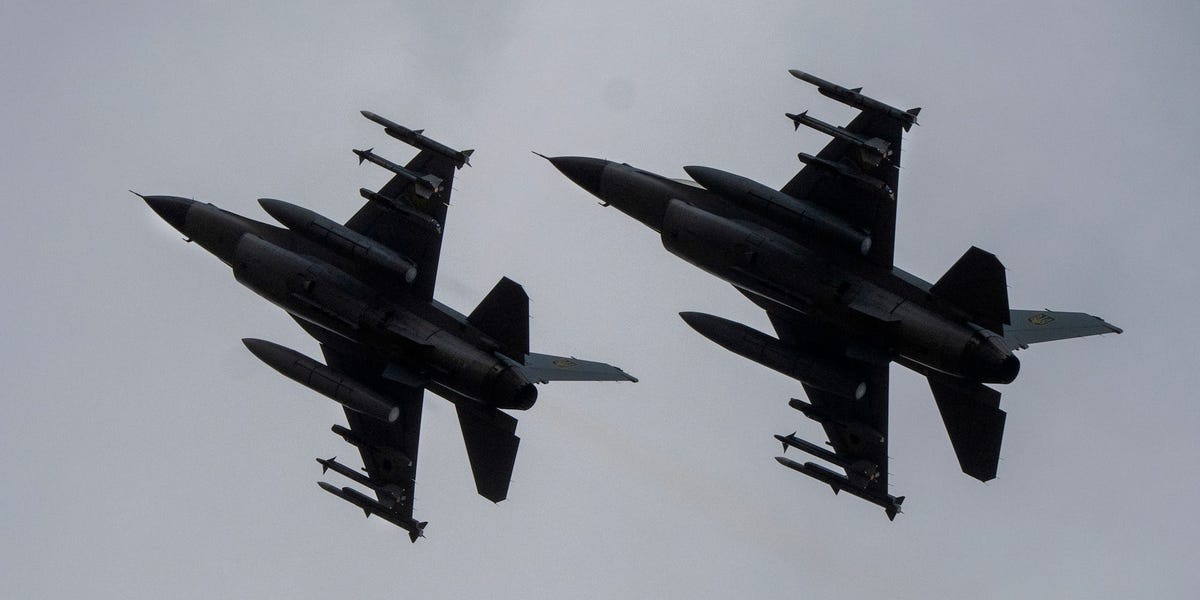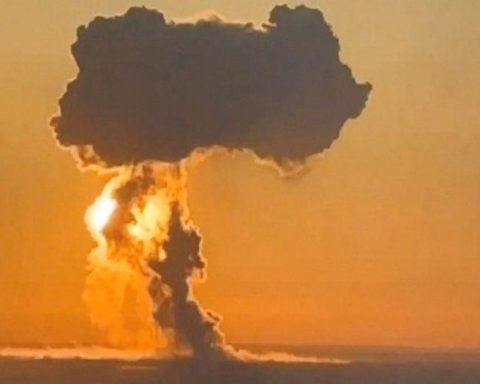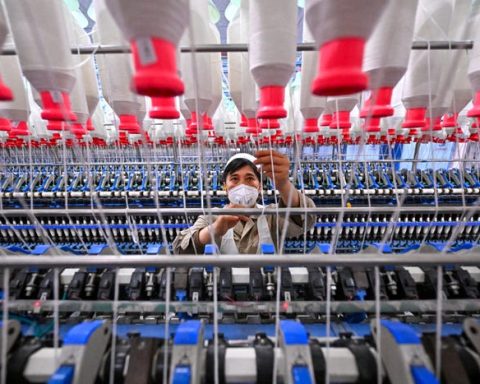Trump’s recent moves regarding Ukraine have cast doubt on the future availability of F-16 fighter jets in the country. While Europe possesses some aircraft that could serve Ukraine effectively—or even better—the number of such planes is significantly lower, and transitioning to a different type of jet now would pose substantial challenges for Ukraine.
The US-made F-16s were the first Western fighter jets deployed to Ukraine, playing a crucial role in the nation’s defense against Russian airstrikes. However, President Donald Trump recently halted US military aid to Ukraine, raising the urgency for Europe to explore options to fill the void, particularly in air support.
Home to Ukraine’s most committed allies, Europe has fighter jets that could also meet Ukraine’s defense needs, yet the fewer numbers and the complexities involved in switching aircraft types present a series of significant issues for the Ukrainian forces.
Celebrated in Ukraine
Following Russia’s full-scale invasion in February 2022, Ukraine promptly began requesting F-16s, celebrating their first arrival in August 2024. Manufactured by Lockheed Martin and supplied through European partners, these jets have achieved notable accomplishments in Ukrainian airspace.
Peter Layton, a fellow at the Griffith Asia Institute and former Royal Australian Air Force officer, mentioned that Ukraine’s F-16s have successfully intercepted “numerous drones and cruise missiles” while also engaging ground targets near active combat zones. Despite air warfare analysts suggesting that Ukraine has not received a sufficient number of F-16s to significantly challenge Russian forces or reshape the conflict’s overall trajectory, they have proven effective for air defense.
Mark Cancian, a defense specialist at the Center for Strategic and International Studies, pointed out that transitioning to new jets introduces a significant constraint regarding pilot availability, as “you can’t just rustle those up in a couple of weeks.” He explained that the key issues revolve more around “timeline and numbers and costs” than merely the distinctions between the F-16s and European alternatives like the Gripen.
One major hurdle is the limited quantity of European aircraft compared to the F-16s, which was deemed a suitable choice for Ukraine due to its widespread availability, abundant spare parts, and a sizeable workforce qualified to maintain them. George Barros, a Russia analyst at the Institute for the Study of War, described the F-16 as “sort of the ideal model because of how versatile and universal the system is.” He further noted that Europe’s ability to train pilots on aircraft like the Gripen is restricted, as they are operated by “relatively fewer countries.”
Although Europe has pledged ongoing support for Ukraine, the absence of US assistance necessitates a significant increase in defense spending, complicating the situation for Ukraine as certain weapon replacements will prove challenging. Should the F-16s become unavailable, alternative jet types may be considered, but they too come with their own sets of complications that Ukrainian forces can hardly afford at this time.











